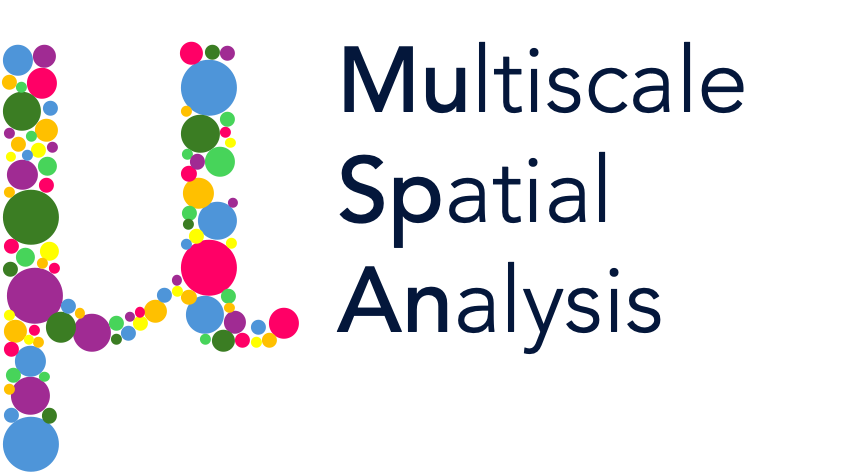Paper examples#
This page provides examples of papers that have used MuSpAn in their research from our developers and community.
Tip
If you would like us to showcase notebook examples of your MuSpAn related publications, email us at info@muspan.co.uk with:
a link to the publication,
a brief summary (200 words max),
Python notebook tutorial(s) reproducing the results of the paper.
This increases the visibility of your work and helps others to understand how MuSpAn can be used in research.
2024






